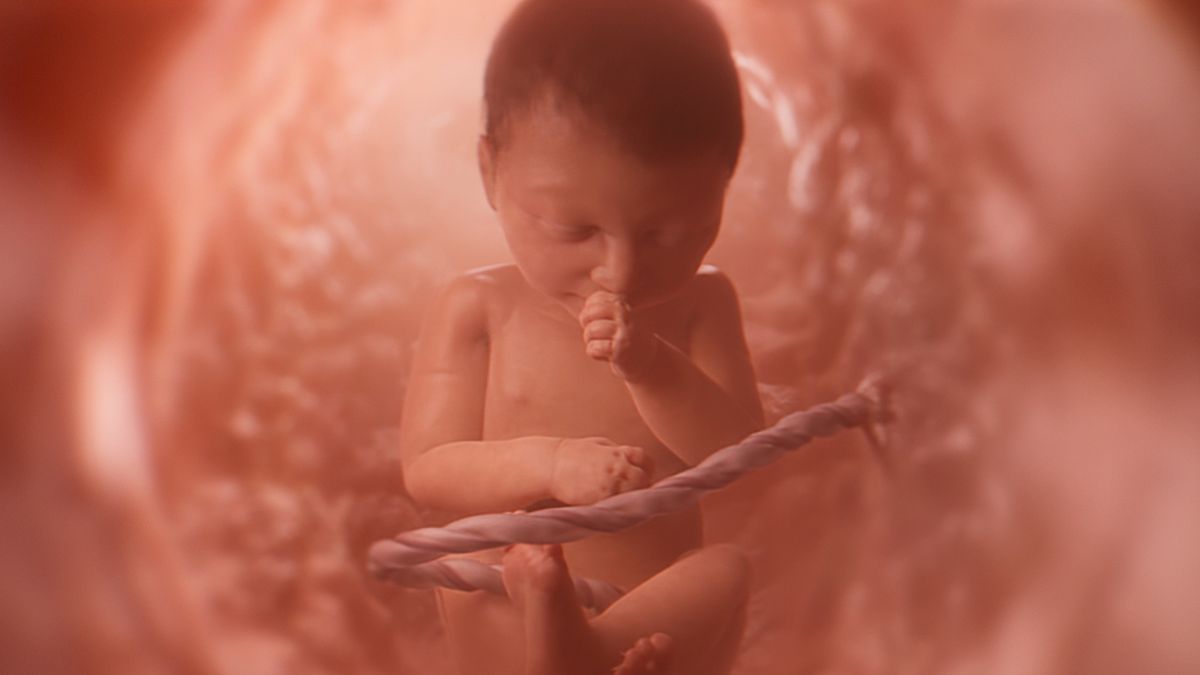

BreakPoint
Resurrecting Hope
Six years ago Torey Reynolds was a welfare mom addicted to crack. She and her four children lived in Sandtown, a Baltimore neighborhood known for its boarded-up row houses and drug dealers. Torey yearned to give her kids a better life, but she didn’t know how to begin. Today Torey is off both welfare and drugs. She’s employed as a community health-care worker, and she now owns one of those once-dilapidated row houses. What made the difference? Not some top-heavy government program—or a volunteer summit studded with pop stars and presidents. What made the difference for Torey and her kids was a church. The New Song Community Church was begun nine years ago when Allan and Susan Tibbels, a white couple, believed God was calling them to help the urban poor. In 1987 the Tibbels left their five-bedroom ranch house in the suburbs and moved to a cold, dark row house in Sandtown. For the next two years, the Tibbels didn’t start any programs. As community-development activist John Perkins writes in his book Resurrecting Hope, the Tibbels "didn’t become the Great White Hope, offering paternalistic help to their neighbors…. Their only goal was to build relationships… and nurture friendships." The Tibbels renovated their new home under the watchful eye of their neighbors, who initially suspected the couple of being undercover cops. Allan and Susan visited local churches, took neighborhood children to parks, and listened to their neighbors’ ideas about how the community could be improved. Eventually the Tibbels began inviting their neighbors to home Bible studies and church services. By 1990 the church was moved to a building that had sat abandoned for 20 years. There the congregation opened a health center, a school, youth ministries, and a job-placement program. But the ministry that had the biggest impact on the neighborhood was the church’s housing ministry. Church housing staff and thousands of volunteers worked alongside Sandtown residents to build new homes. Within a few years, the neighborhood was transformed. "Walk down… North Stricker Street," Perkins writes, "and you’ll hear hammers pounding… lumber dropping and people laughing. What used to be a typical, abandoned urban area with boarded up homes and littered alleys is today showing signs of resurrection." This was the church Torey Reynolds wandered into four years ago. Before New Song opened its doors, Torey says, "I was a drug user. Now… I’ve become a homeowner, a Christian person, and employed." All too often, when we think about helping the poor, we imagine writing a check to a charity—or going to the other extreme of moving to the Third World and living in a grass hut. But as the Tibbels are demonstrating, some of us may be called to help the poor of our own country by moving out of our comfortable suburbs and relocating to the inner city. To learn more about how churches are helping solve the problems of urban America, read Resurrecting Hope, by John Perkins and Jo Kadlecek. You’ll learn the true definition of compassion: It doesn’t come out of a government coffer; it comes out of hearts committed to serving the "least of these."
06/12/97















